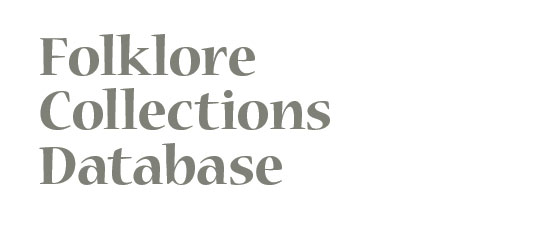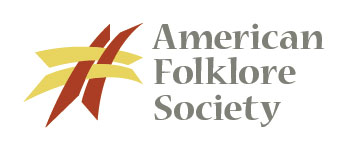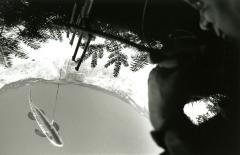Administrative/Biographical History ElementThe exhibition “Wisconsin Folk Art: A Sesquicentennial Celebration” focused on the role of folk art in the lives of Wisconsin residents 150 years after statehood, looking at artistic traditions as a link to ethnic heritage and as an evolving process, adapting to contemporary materials, technologies, influences, and audiences. Janet C. Gilmore (maritime/riverine traditions), James P. Leary (logging), and Ruth Olson (Northwest Wisconsin and ginseng cultivation) performed field research and wrote catalogue essays, while Lewis Koch was the primary photographer. Robert T. Teske, Janet Gilmore, James P. Leary, Thomas Vennum Jr. of the Smithsonian’s Center for Folklife Programs, and Richard March of the Wisconsin Arts Board served on the Festival Curatorial Team. Folklorist Anne Pryor documented a number of the artists involved, focusing on children’s folklore and religious expressive traditions. Terese Allen examined the state’s foodways, Gina Grumke focused on Wisconsin taverns as a cultural and community site, and Peter Roller researched African American musical traditions in southeastern Wisconsin. Judy Benade of the Wisconsin Arts Board, Barbara Lau, and Mai Zong Vue served as consultants and contacts for various folk traditions. Daniel Mayer served as exhibition designer. The Cedarburg Cultural Center published an accompanying catalogue in conjunction with the Wisconsin Folklife Festival in 1997. After opening at the Cedarburg Cultural Center from December 1997 to March 1998, the exhibition traveled to the Neville Public Museum of Brown County in Green Bay, the State Historical Museum in Madison, and the Chippewa Valley Museum in Eau Claire, its final stop in February 1999. The National Endowment for the Arts, the Wisconsin Sesquicentennial Commission, and the Wisconsin Folklife Festival provided financial support for the exhibition.
Scope and Content NoteThe collection is arranged in four series: Manuscript Materials, Sound Recordings, Graphic Materials, and Electronic Media.
Folklore fieldwork documents practitioners of ethnic traditions in the state, various influences on artistic and cultural traditions, and current practices and future directions. Of the three Cedarburg Cultural Center collections, documentation of public presentation of folklore field research is most fully documented in the Wisconsin Sesquicentennial collection, and includes correspondence with the exhibit designer and fabricators, exhibit schematic drawings, floor plans, display case specifics, and multiple versions of catalogue copy.
Manuscript Materials consist of Administrative Files and Research Materials that document ethnographic research for and administration of the Sesquicentennial folk arts exhibition. Administrative Files include personnel contracts (fieldwork, photography, and exhibition services, and a catalogue essay agreement); documentation and correspondence with featured folk artists; planning meeting and budget records; correspondence with exhibit fabricators; exhibit design, script and label copy, and catalogue materials and mock ups. Research Materials include field reports, audio, photo, and slide logs, and artist consent forms.
Sound Recordings consist of 9 audiocassette recordings of interviews with folk artists Elda Schiesser, interviewed by Janet C. Gilmore; and Norman Seamonson, Stephanie Lemke, and Monroe Johnson, interviewed by Anne Pryor.
Graphic Materials consist mainly of 35 mm color slides shot by Lewis Koch, documenting folk artists, folk art works, and the process of creating those works. Some of the materials included here were originally made for an earlier Cedarburg Cultural Center exhibition, "Passed to the Present: Folk Arts Along Wisconsin's Ethnic Settlement Trail." Researchers should check the Graphic Materials series of that collection for additional images of these artists. Also included are slides by James P. Leary and Janet C. Gilmore, prints used in the exhibition, other photo documentation used for the catalogue or exhibition related materials, and 2 VHS videorecordings, one celebrating the diversity the exhibition showcases, and the other a sponsor thank-you video.
Electronic Media consists of 6 3 1/2-inch floppy discs, with electronic copies of catalogue essays by James P. Leary and Ruth Olson, Robert T. Teske’s catalogue essay and introduction, artist biographies, exhibition checklists, quotations by folk artists, and True Type Font files.
Custodial HistoryThis collection is one of three related to exhibitions created by the Cedarburg Cultural Center (Cedarburg, Wisconsin) during the tenure of Robert T. Teske as director (1987-1998). Since Teske’s departure from the Center in the late 1990s, the collections remained in basement storage until they were transferred to the Center for the Study of Upper Midwestern Cultures (CSUMC) in 2012. Two folders of grant materials relating to this exhibition were among Teske’s administrative materials, and deemed to be part of this collection at the time of transfer to CSUMC’s care. A deposit agreement between CSUMC and the University of Wisconsin-Madison Archives is planned, but not yet formalized.
Conditions Governing Access
Contact records custodians for access information.
Center for the Study of Upper Midwestern Cultures
432 East Campus Mall, Room 332
Madison, WI 53706
608-262-8180
Web site: http://csumc.wisc.edu
Conditions Governing ReproductionConsult the Center for the Study of Upper Midwestern Cultures for information on use restrictions.


